No products in the cart.
フィルムフェストについて / About the Festival
フィルムフェスト・アキヅキでは、秋月全体が映画館に変身したかのように、まち歩きをしながら各作品を廻ります。
上映会場となる数々の伝統建造物や古民家は、それぞれ異なる性質を持ち、上映作品はその性質と対話することになります。
短編映画やフィーチャーフィルム、実験映像やアニメーションなど、幅広いジャンルの映像作品を観覧するだけではなく、同時に秋月の都市計画、ランドスケープや建築をお楽しみいただけます。
During Filmfest Akizuki, the entire town is transformed into a cinema and museum, and visitors can walk around the town visiting films and traditional buildings they want to see.
Visitors are invited not only to view a wide range of film genres, including short films, feature films, experimental films and animation, but also to enjoy the history, urban planning, landscape and architecture of Akizuki together.
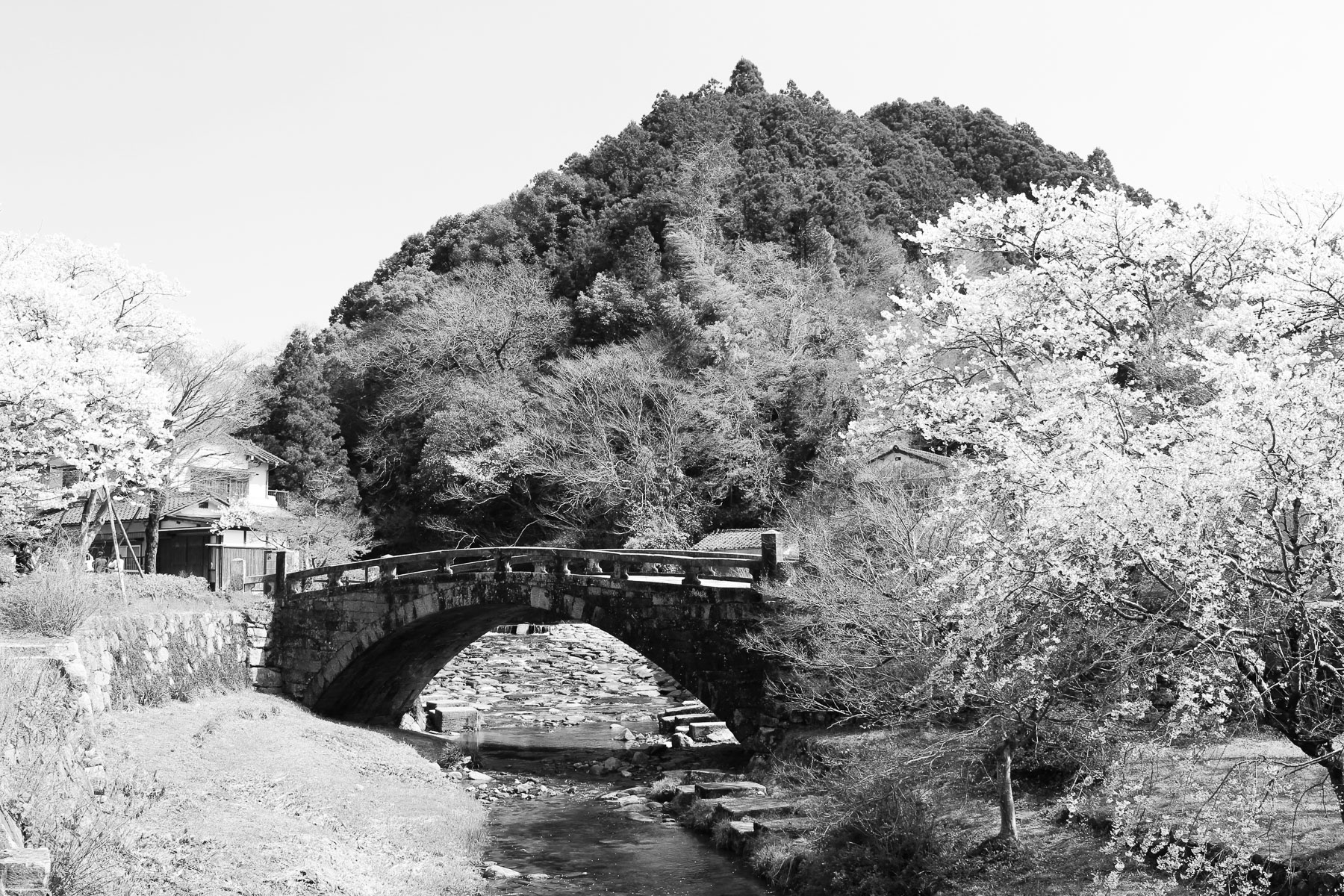
秋月について / About Akizuki
国が指定する重要伝統的建造物群保存地区は全国では126地区、その中で城下町は4地区あり、町のほぼ全体が指定されているのが、秋月の特長です。
町割り、屋敷割り、道路網と水路網、城館跡、武家屋敷、町屋の城下町の様子が周辺の自然景観、田園景観と調和し、これらが歴史的風致及び保存の対象となっています。
フィルムフェスト・アキヅキは、秋月の歴史、都市計画、建築との特別な関係性を、アートや映像作品の挿入によって、ハイライトすることを目的としています。
There are 126 “National Preservation Areas for Important Traditional Buildings” in Japan, of which 4 are castle towns.
Akizuki is unique in that almost the entire town has been designated as such. The town’s unique urban planning in harmony with its natural surroundings, is what is designated as “protected”.
Filmfest Akizuki aims to highlight the special relationship between Akizuki’s history, urban planning, and architecture, by an insertion of art and film.
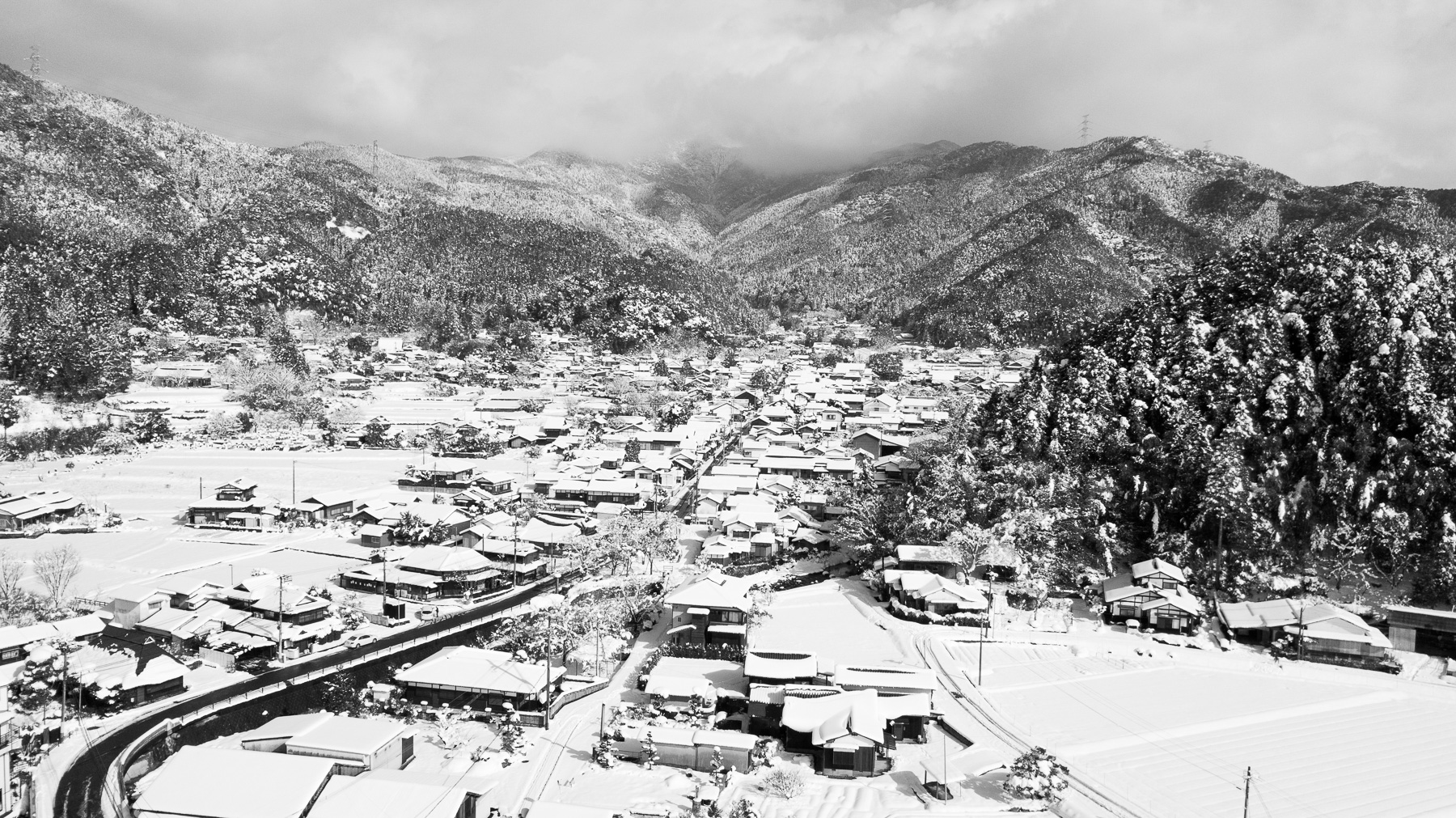
各会場について / About the Venues
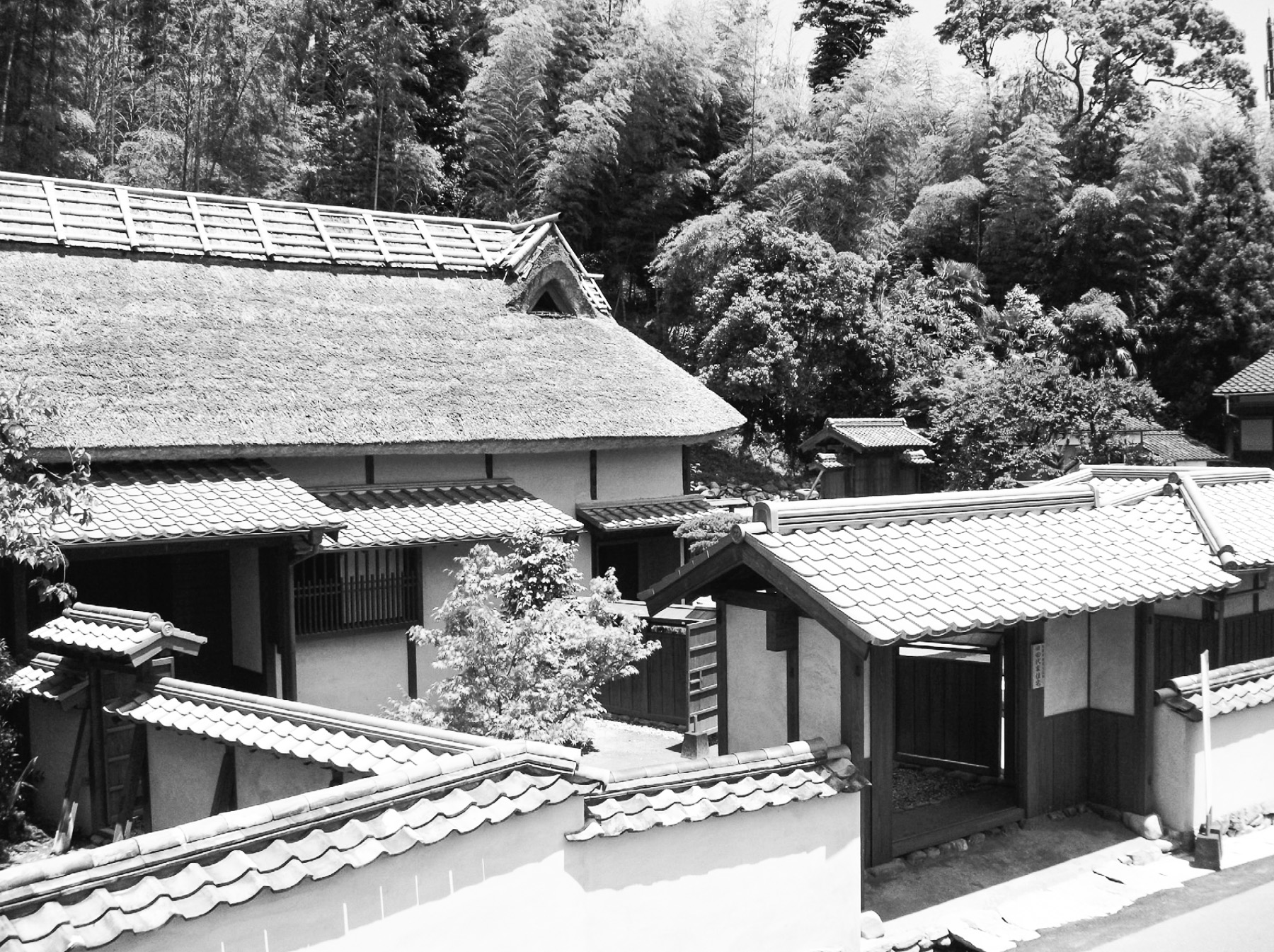
旧・田代家
朝倉市指定有形文化財であり、秋月藩上級武士の武家屋敷。上映会場として使われる奥座敷と板の間はそれぞれ空間性が異なり、上映作品にも新しい視点を生みます。 また、この建物が外へに向かって開いているように、上映作品も、自然に起こりうる感覚や感情について問いかけます。
Former Tashiro Residence
Designated as a cultural heritage site by Asakura City, this is the residence of a senior samurai of the Akizuki clan.The Oku-zashiki (Sitting Room) and Ita-no-Ma (Timber floor space) used as screening venues, each have a different spatiality, creating new perspectives for the films screened. Just as the building is open to the outside world, the films also question the sensations and emotions that can occur naturally.
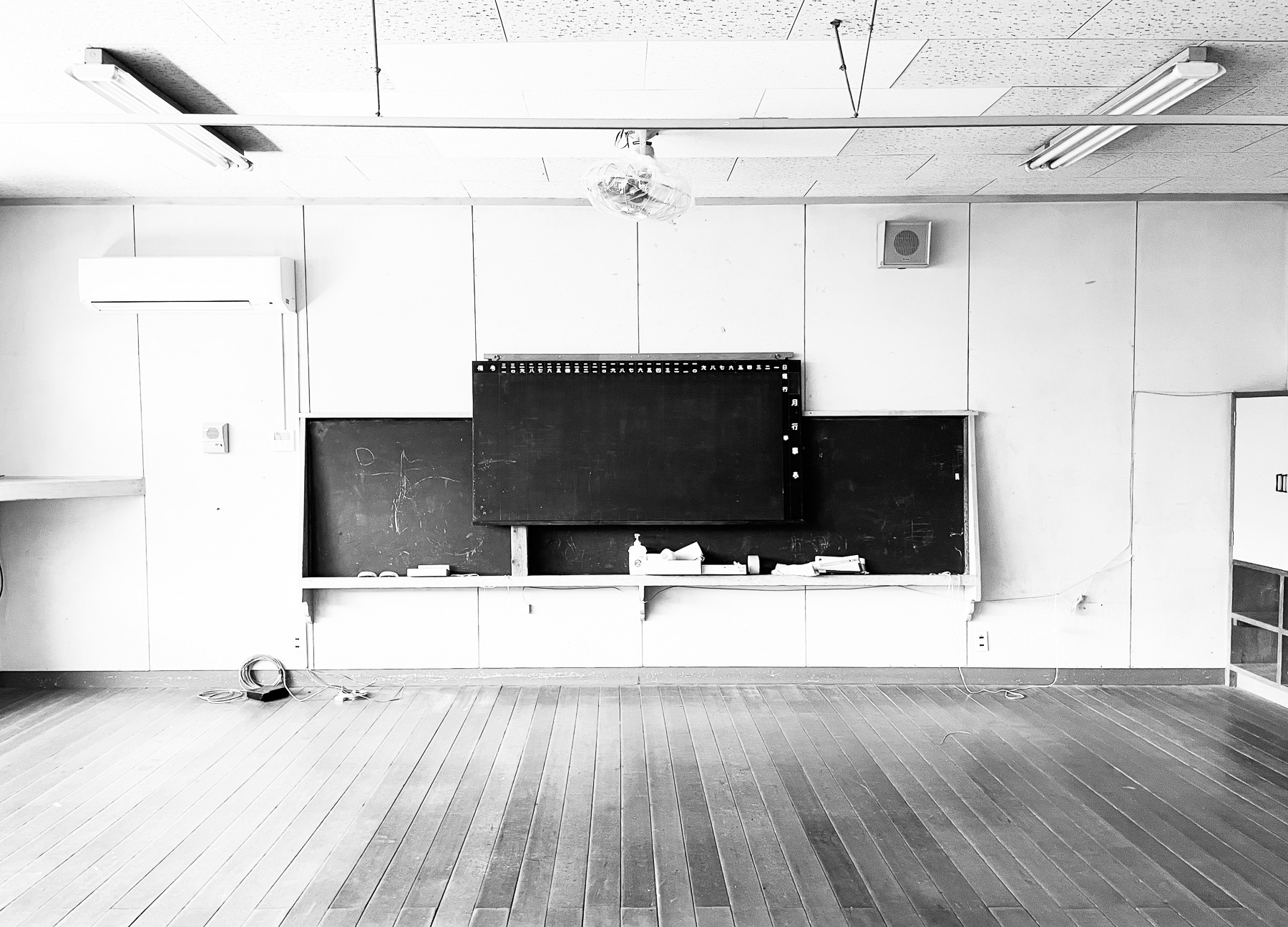
旧・秋月保育所
1952年に設立された旧・保育所。園舎の老朽化や園児の
減少により閉園。昭和ならではの、レトロな雰囲気が
残っています。遊戯室と教室が会場として使われ、かつて子供たちの活気に満ちていたドラマのある空間が、フィルムフェストのメイン会場となることでその感覚を取り戻します。
Former Akizuki Kindergarten
The former kindergarten established in 1952 was closed due to the ageing of the school buildings and a decrease in the number of children. A retro atmosphere, unique to the Showa period remains. The playroom and classrooms are used as venues, and the drama of the space, once filled with the vibrancy of children, is brought back to its former glory when it becomes the main venue for the Filmfest.
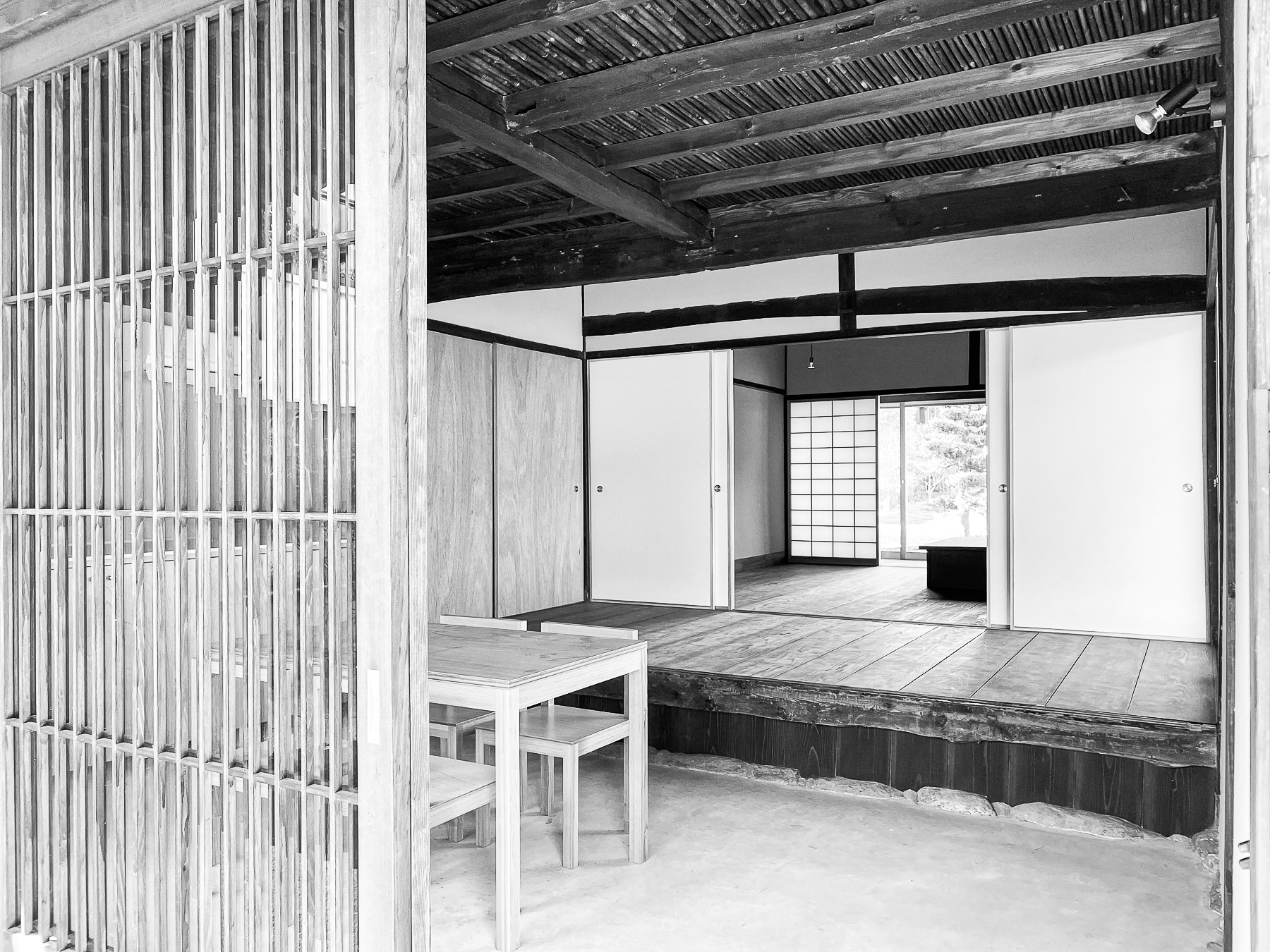
サッチハウス
2023年9月に改修が完了した、小さい茅葺き屋根の武家屋敷。 江戸時代には牢屋として使われていた記録が残っています。この歴史的な空間が、若々しい上映作品と並置され、作品の明るさを際立たせます。 朝倉市秋月伝統的建造物。
Kayabuki Kominka (Thatched House)
A small thatched-roof former samurai residence, with records of it being used as a prison during the Edo period. Renovations were completed in September 2023. This historical space is juxtaposed with the youthful films screened in the venue, highlighting the brightness of the films. Designated as a ‘Important Traditional Building’ by Asakura City.
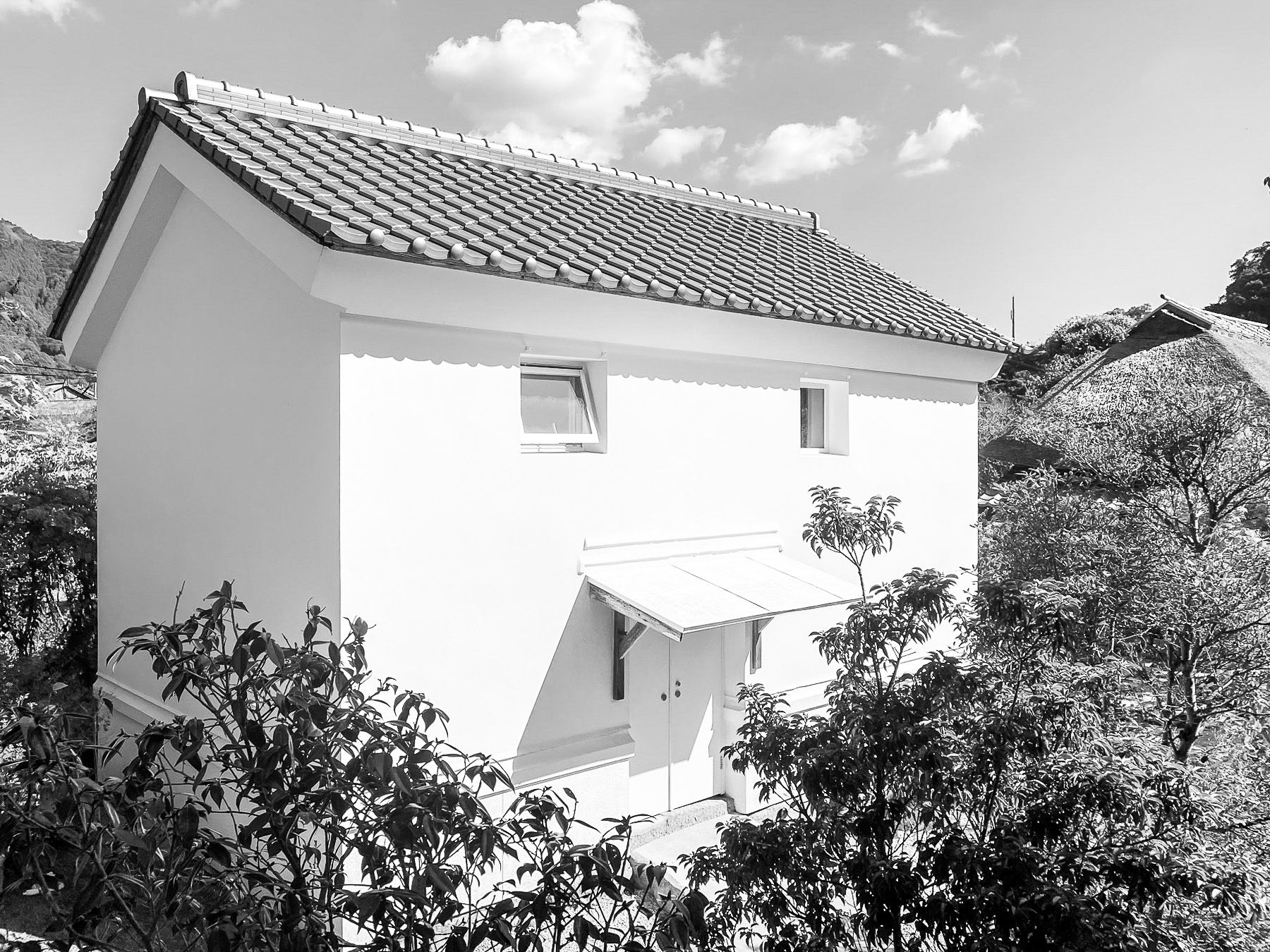
カーサ・クラ
カーサ・クラ / Casa-Kura
2022年に改修された、築約130年の蔵。昔ながらの立派な構造と、新しくつくられたインテリアの調和が楽しめます。 カーサ・クラで上映される映画は、この小さな空間と同じように、日常生活を投影します。朝倉市秋月伝統的建造物。
CASA-KURA
A 130-year-old traditional Kura (store-house), renovated in 2022. Visitors can enjoy the juxtaposition of the old structure and the new interior. Films shown at Casa-Kura project everyday life in the same way as in this small space. Designated as a ‘Important Traditional Building’ by Asakura City.

長屋門
長屋門は、 江戸時代に建てられた当初の位置に残る唯一の史跡。側室や家族の住むひと構えの屋敷があり、この門はその通用門でした。両側には門番が住む長屋を併設され、その一つを会場として使います。 長屋門の風合い、歴史、記憶が上映作品と調和します。 県指定有形文化財。
Nagayamon
Nagayamon is the only historic site from the castle that remains in its original position from the Edo period. There was a one-storey estate in the nearby grounds where the clan's family members lived, and this gate serviced their entry and exit. The gate is flanked on both sides by small rooms where the gatekeepers lived, one of which will be used as the venue. The texture, history and memories of the gate are in symbiosis with the films screened during the festival. Designated as a ‘Important Cultural Asset’ by Fukuoka Prefecture.
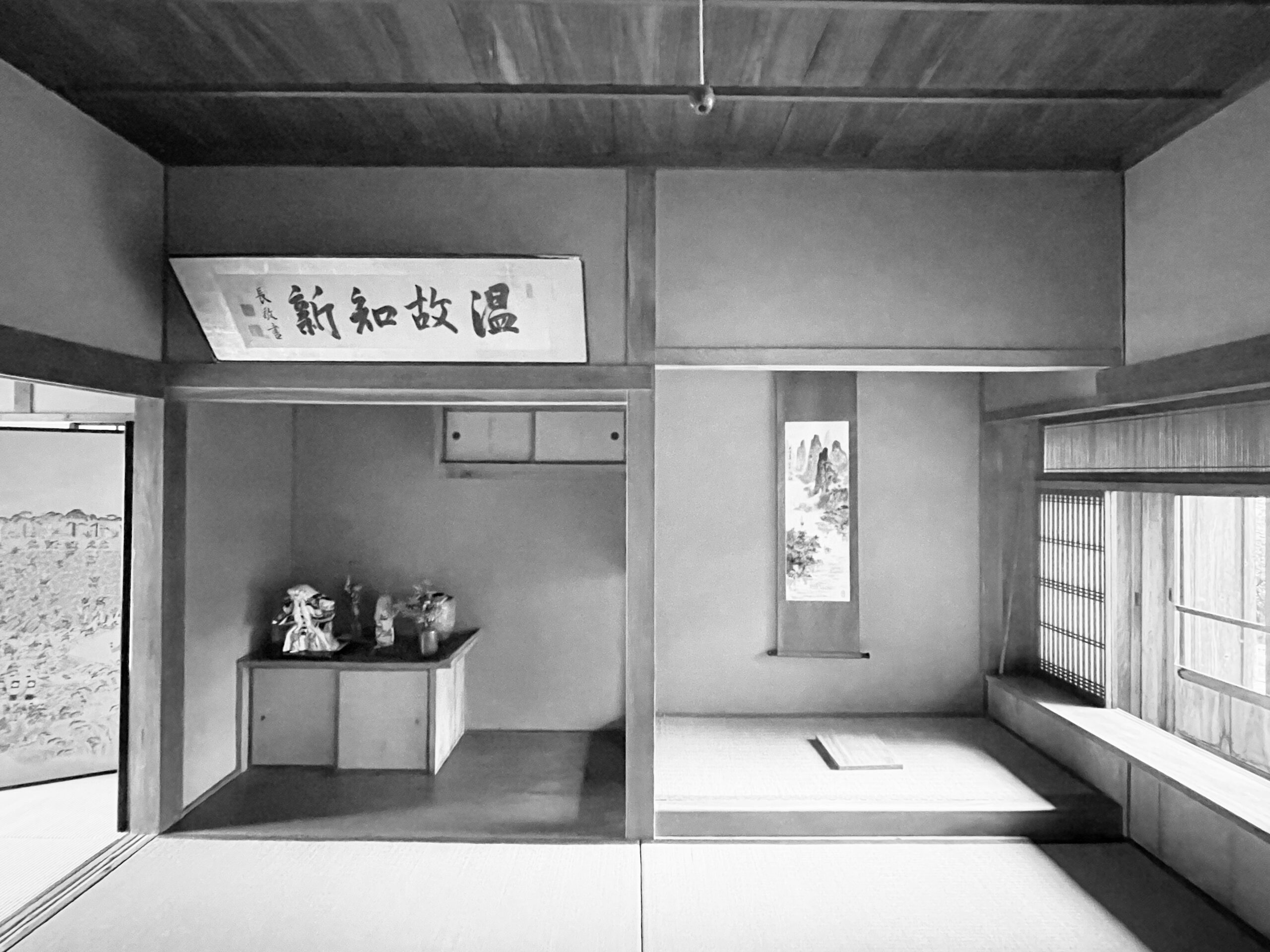
旧・戸波邸
(改修中・2024年は映画の上映はありません)朝倉市指定文化財であり、秋月藩上級武士の武家屋敷。大きな茅葺き屋根や手吹きガラスの建具、屋敷を囲む庭園が見どころです。
Former Tonami Residence
(Under renovation: No films will be shown here during FFA2024).
Designated as a cultural heritage site by Asakura City, this is the residence of a senior samurai of the Akizuki clan. Highlights include the large thatched roof, hand-blown glass doors, and the Japanese gardens surrounding the house.

